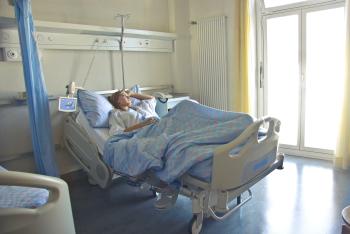
For people living with HIV (PLWH) an accelerated aging process may affect the severity of their disease.

For people living with HIV (PLWH) an accelerated aging process may affect the severity of their disease.

After presenting at CROI 2022, Dr. Jessica Justman discusses her community-level survey findings: COVID-19 infections do not vary by age.

Investigators looked at full vaccination and booster dose observational data to offer some insights on protection and breakthrough infections.

This patient is the first mixed race woman to experience HIV-1 remission, and potentially opens up the door to others being treated with a novel treatment.
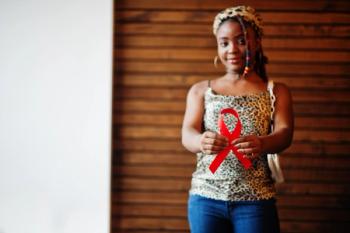
Black patients enrolled in an LA Medical Care Coordination program were less likely to achieve viral suppression than HIV-positive people of other races.
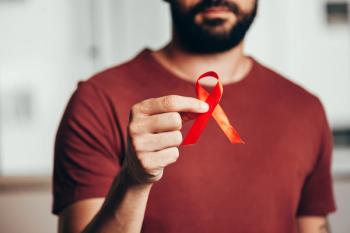
Though HIV diagnoses have declined overall, new infections still disproportionately occur in certain racial, ethic, gender, and geographic populations.
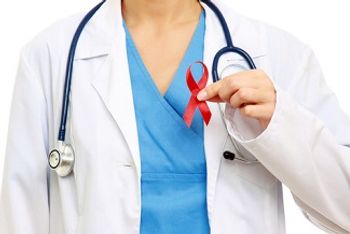
Investigators found a couple of different factors for this phenomenon.

In a global cohort, more than 1 in 3 people living with HIV reported functional impairments. Functional impairment was more common among HIV-positive people who were older, Black, or female.

Data shown in the Pinetree clinical trial and being presented with 2 posters at CROI demonstrate both benefits and safety in preventing progression to more severe disease.

In a study of people living with HIV in Taiwan, COVID-19 vaccination was highly effective when implemented alongside non-pharmaceutical interventions.
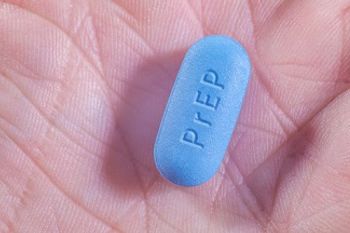
Investigators looked to see if this population might be candidates for this form of HIV prevention.
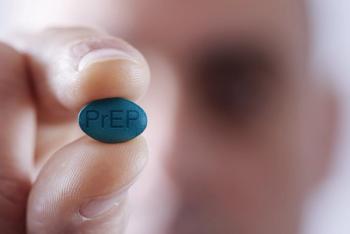
One study presented at CROI 2022 found that HIV PrEP awareness increased among Latinx/Hispanic men who have sex with men, but usage has remained relatively stable for several years.
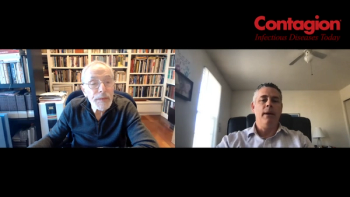
Boston’s Fenway Health looked at testing and prevention trends during 3 phases of the COVID-19 pandemic.
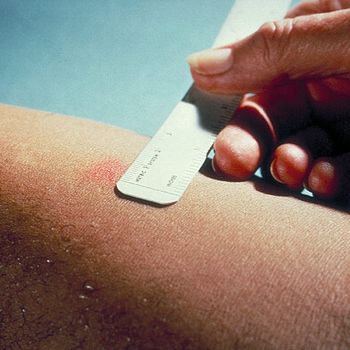
A comparative study of same-day and seven-day TB test results show there is little difference in HIV treatment adherence or outcomes at 48 weeks.
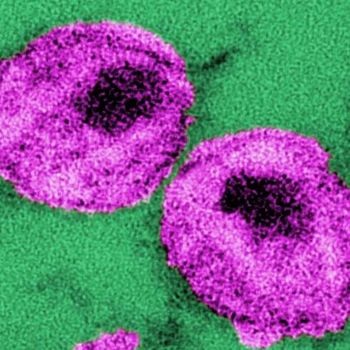
Phase 1/2 trial results showed the immunomodulary vaccine regimen could induce significant T-cell response in patients with HIV.

A bamlanivimab study showed a 72% reduction in the incidence of COVID-19 and an 80% reduction of progression in the virus in residents in assisted living facilities and nursing staff.

Managing mental health in adults living with HIV is paramount during the COVID-19 pandemic.

While at the earliest stages of potential development, long-acting/extended release (LA/ER) formulations for treatment and prevention of TB could be something to be studied in the future.

Index testing declined in countries including Malawi, Lesotho and Zimbabwe.
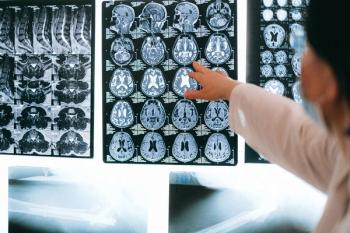
Deep learning models identified the largest differences in resting state network topology occurred.
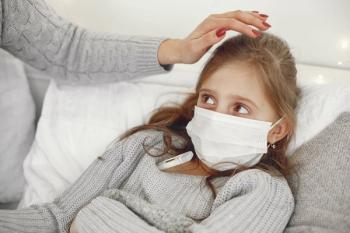
Plasma proteome confirmed the association between cellular and humoral SARS-CoV-2 immunity.

The prognostic proteins identified can serve as the basis of future pathway and network analyses.

Dapivrine (DPV) was studied in 1-month and 3-month durations.

During the pandemic, reduced HIV testing led to concerns about getting people diagnosed and on antiretroviral therapy (ART), and achieving viral suppression (VS).
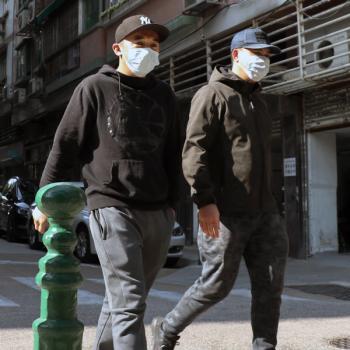
Johns Hopkins data suggest men are being hospitalized more frequently with infection, and are facing more severe outcomes.
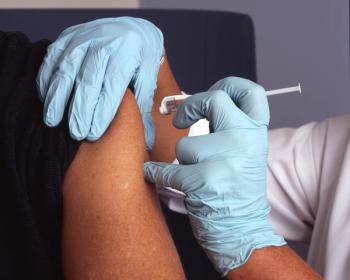
MN titers showed a striking increase after just 1 dose in experienced subjects.

COVID-19 has further highlighted the need for innovative models that minimize face-to-face contact in HCV treatment.

ViiV Healthcare’s investigational therapy, GSK’254, demonstrated antiviral activity, safety, and tolerability in its phase 2a proof-of-concept findings.

Convalescent plasma treatment was found not to improve survival or disease course in the patient group.

Gut microbiome is known to release enzymes that degrade plasma glycans which regulate inflammation.